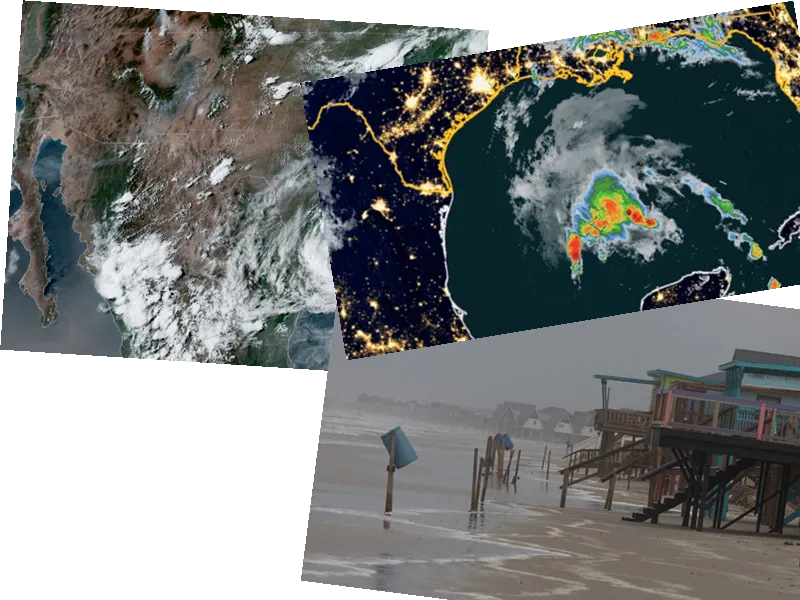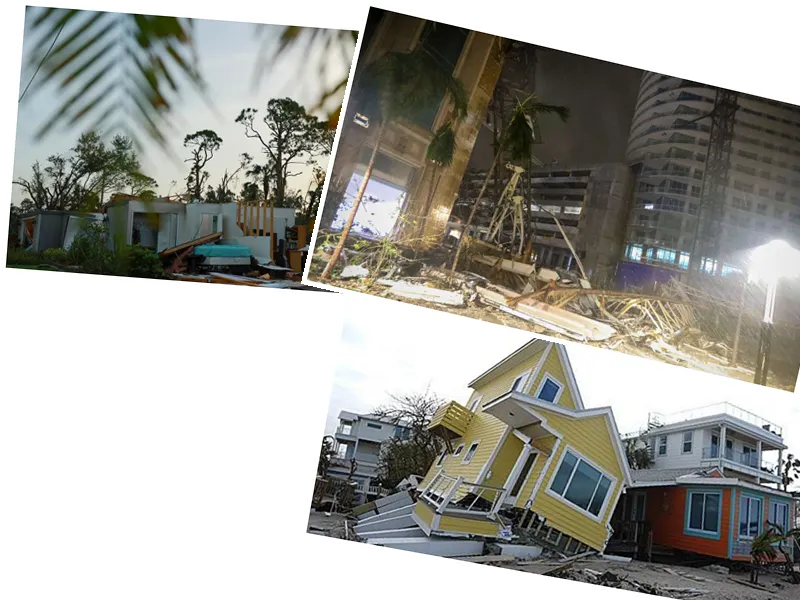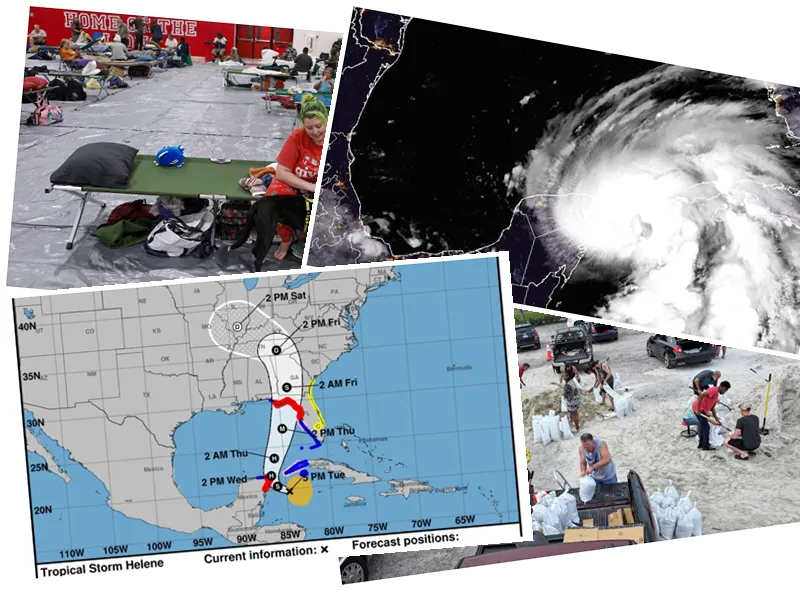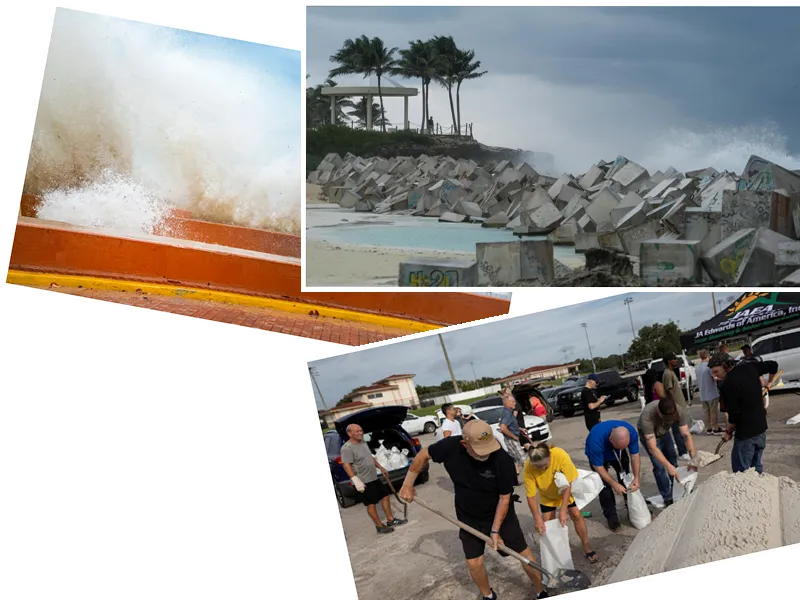Hurricane Beryl Devastates Texas and Caribbean
Hurricane Beryl, which left a trail of destruction in the Caribbean, has now made landfall on the Texas coast, causing widespread disruption. The storm, which intensified to a Category 1 hurricane, has resulted in the cancellation of over 1,300 flights and left more than 750,000 people without power in the United States.
Impact on Air Travel and Power Outages
According to data from FlightAware, a total of 1,331 flights were canceled and 505 flights were postponed. United Airlines and Southwest Airlines were among the most affected, with 406 and 268 flights canceled, respectively. The Federal Aviation Administration had earlier warned of thunderstorms that were expected to disrupt air travel across the country.
The hurricane made landfall near Matagorda Beach, Texas, with maximum sustained winds of 80 miles per hour (128.7 kilometers per hour). The storm brought heavy rain, storm surge, and strong winds, leading to power outages for more than 84,000 Texans. The National Ocean Service station near Freeport, Texas, reported wind gusts as high as 140 km/h.
Preparations and Warnings
Residents along the Texas coast boarded up windows and evacuated coastal towns in anticipation of the hurricane. Authorities issued warnings for potential flash flooding, downpours, and strong winds. Beryl is expected to weaken to a tropical storm as it moves inland across East Texas and further into Arkansas by Tuesday morning.
The National Hurricane Center has maintained a hurricane warning from Mesquite Bay to Port Bolivar. The storm is expected to bring up to 10 inches (25 centimeters) of rain in some areas, causing further risk of flash flooding. Experts attribute Beryl's rapid intensification to high water temperatures in the Atlantic and Caribbean, indicating a potentially active hurricane season ahead.
- The hurricane's impact on the Caribbean was devastating, with at least 11 reported deaths and significant damage to infrastructure. The storm tore off doors, windows, and roofs, fueled by record-breaking temperatures in the ocean waters.
- In Texas, the storm's outer bands lashed the coast with rain and intensifying winds as residents prepared for its arrival. Evacuation orders were issued, and authorities expressed concern that not enough residents and vacationers had left the planned route of the hurricane.
- The National Weather Service forecasted that Beryl would turn northeast and begin moving faster on Monday and Tuesday. The center of the storm was expected to pass over East Texas and then over the lower Mississippi Valley and into the Ohio Valley on Tuesday and Wednesday.
- The hurricane's rapid intensification is a reflection of the high water temperatures in the Atlantic and Caribbean, indicating what the Atlantic hurricane belt can expect for the remainder of the storm season, according to experts.






